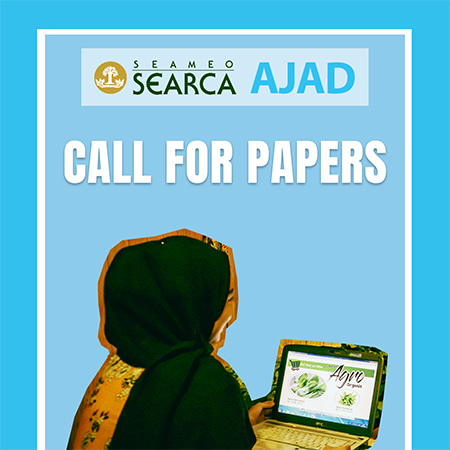- Paperback 1908-6164
- e-ISSN 2599-3895
Addresing the widespread poverty problem is the single most important policy challenge facing the Philippines. Not only is poverty high compared with other countries in East Asia, but also its reduction is so slow that the country has become the basket case in the region.
Proposals peddled to address the poverty problem are plenty—and keep growing. At one end of the spectrum are proposals contending that the root of the problem is simply the lack of a respectable economic growth. Putting the economy on a high-growth path is prescribed as all that is needed to lick the poverty problem. At the other end are proposals asserting that the poverty problem is nothing but a concrete manifestation of gross economic and social inequities. Redistributing wealth and opportunities is viewed as the key to winning the war on poverty. A variant of such proposals holds that economic growth does not at all benefit the poor. Focusing on growth rather than on redistributive reforms is seen to exacerbate inequities, which could lead to further erosion of peace and social stability. Between these extremes are
views that consider economic growth as a necessary condition for poverty reduction and recognize that reform measures have to be put in place to enhance the participation of the poor in growth processes. Most advocates of poverty-reduction ideas, including proponents of the so-called “propoor growth,” belong to this mold, although not necessarily sharing common grounds on what, conceptually and operationally, constitutes propoor growth processes.
How do these proposals/views stand in relation to evidence and policy research? What are facts and what are fancies? Given the country’s fiscal bind, what policy levers can be expected to generate high returns in terms of poverty reduction?
This paper attempts to answer these questions. It does this by examining the Philippine experience in poverty reduction from an “international” perspective. The next two sections characterize the nature, pattern, and proximate determinants of poverty reduction during the past 20 years. The fourth section examines the economy-population-poverty nexus, specifically the quantitative significance of the country’s continued rapid
population growth to long-term income growth and poverty reduction. Some concluding remarks are given in the final section of the paper.
Download for free
PDF format in this language: English


